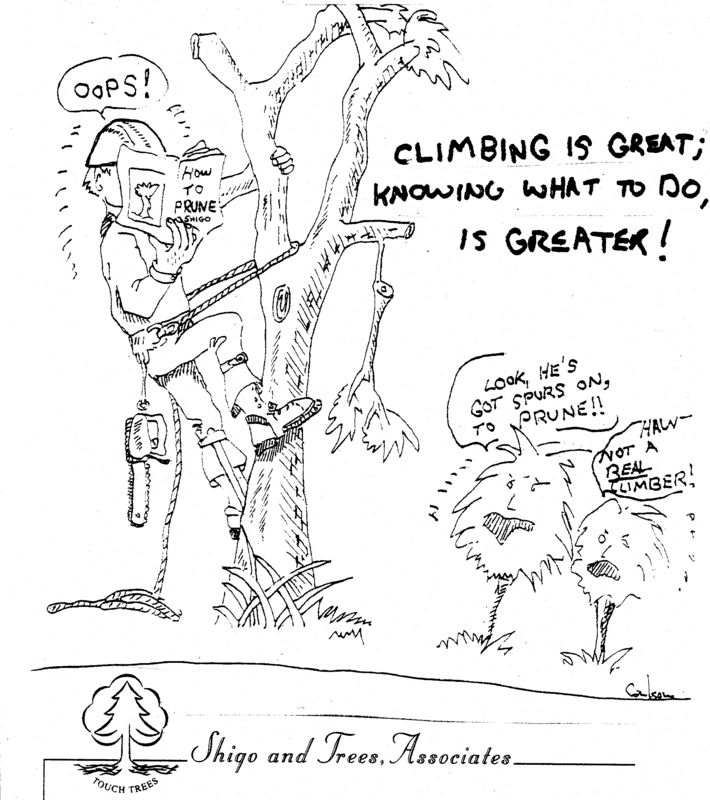Our crew just finished removing a series of large poplars. Sorry no pics. And we are still trying to figure out which species of poplar (it's not in any of the books we have in the office so we are checking personal libraries).
They were getting too large for the site, so it was decided to remove them several years ago, but in the meantime replacement trees were planted about 5 years ago and are now established.
Anyway, these trees were spiked and topped about 25 years ago (by the boss). In looking at the stems, there was no rot at any of the spur marks and little rot at the topping cuts. There was a little root and butt rot.
My point being that sometimes I think we as arborists overstate the effect of spiking or other minor damages that trees suffer. Not that I condone it, let's just not overhype it.
I read on another thread how For the Action has been lambasted for wanting to drill a tree to check for rot. Reading the thread you would think that drilling a small hole would cause the tree to fall over tomorrow. I think it's time to put things into perspective, and not let your lack of respects for FTA, cloud your own logic.
They were getting too large for the site, so it was decided to remove them several years ago, but in the meantime replacement trees were planted about 5 years ago and are now established.
Anyway, these trees were spiked and topped about 25 years ago (by the boss). In looking at the stems, there was no rot at any of the spur marks and little rot at the topping cuts. There was a little root and butt rot.
My point being that sometimes I think we as arborists overstate the effect of spiking or other minor damages that trees suffer. Not that I condone it, let's just not overhype it.
I read on another thread how For the Action has been lambasted for wanting to drill a tree to check for rot. Reading the thread you would think that drilling a small hole would cause the tree to fall over tomorrow. I think it's time to put things into perspective, and not let your lack of respects for FTA, cloud your own logic.





